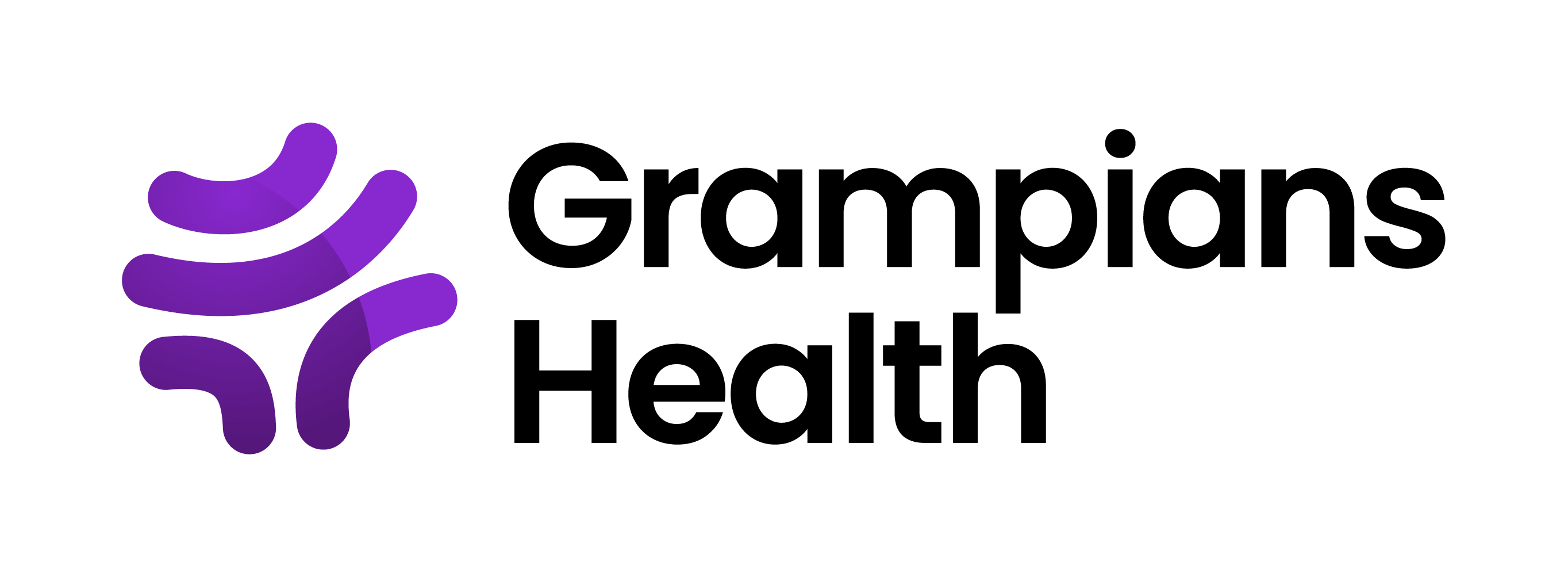Please use this identifier to cite or link to this item:
http://hdl.handle.net/11054/2580| Title: | Effect of the factor XIa inhibitor asundexian according to baseline infarct pattern and on MRI covert infarct outcomes. |
| Author: | Smith, E. Shoamanesh, A. Xu, L. Heenan, L. Saad, F. Colorado, P. Chen, C. Lemmens, R. De Marchis, G. Caso, V. Masjuan, J. Hirano, T. Milanov, I. Campbell, B. Mas, J. Connolly, S. Mundi, H. Hart, R. |
| Institutional Author: | PACIFIC-Stroke Steering Committee and Investigators |
| Issue Date: | 2024 |
| Publication Title: | Stroke |
| Volume: | 55 |
| Issue: | 2 |
| Start Page: | 392 |
| End Page: | 402 |
| Abstract: | BACKGROUND: Exploratory analysis of the phase 2 PACIFIC-Stroke (Program of Anticoagulation via Inhibition of FXIa by the Oral Compound BAY 2433334—Non-Cardioembolic Stroke) randomized trial suggested that asundexian, an oral factor XIa inhibitor, prevents recurrent stroke and transient ischemic attacks in patients with atherosclerotic stroke. In this post hoc exploratory analysis, we hypothesized that asundexian would be more effective in patients enrolled with large, multiple, or cortical acute infarcts on magnetic resonance imaging than in patients enrolled with a single small subcortical acute infarct, and asundexian would prevent incident cortical covert infarcts. METHODS: In this placebo-controlled double-blinded randomized controlled trial, patients with mild-to-moderate noncardioembolic ischemic stroke were assigned to asundexian (10, 20, or 50 mg once daily) or placebo, in addition to antiplatelet therapy. Brain magnetic resonance imagings were required within 72 hours of randomization and repeated at 26 weeks or at discontinuation of the study drug. RESULTS: Of 1808 randomized patients, 1780 (98.5%) had interpretable baseline magnetic resonance imagings, of which 1628 (91.5%) had ≥1 diffusion-weighted imaging positive acute infarcts. Magnetic resonance imaging follow-up was obtained in 1439 patients, of whom 1358 had no symptomatic stroke during the trial period. Compared with placebo, asundexian 50 mg daily conferred a trend toward reduced risk of recurrent ischemic stroke or incident covert infarcts (hazard ratio, 0.71 [95% CI, 0.45–1.11]) and recurrent ischemic stroke or transient ischemic attack (secondary outcome; hazard ratio, 0.59 [95% CI, 0.33–1.06]) that was not evident in patients with single small subcortical infarcts (hazard ratios, 1.14 [95% CI, 0.62–2.10] and 0.93 [95% CI, 0.28–3.06]). Incident cortical covert infarcts were reduced in patients taking asundexian 50 mg, but the difference was not statistically significant (crude incidence ratio, 0.56 [95% CI, 0.28–1.12]). CONCLUSIONS: These exploratory, unconfirmed results suggest that asundexian may prevent new embolic infarcts but not small artery occlusion. The hypothesis that subtypes of covert brain infarcts respond differently to anticoagulant prevention should be tested in future trials. |
| Description: | Includes data from Grampians Health |
| URI: | http://hdl.handle.net/11054/2580 |
| DOI: | https://doi.org/10.1161/STROKEAHA.123.043198 |
| Internal ID Number: | 02519 |
| Health Subject: | ANTICOAGULANTS ATHEROSCLEROSIS CEREBRAL INFARCTION HUMANS ISCHEMIC STROKE |
| Type: | Journal Article Article |
| Appears in Collections: | Research Output |
Files in This Item:
There are no files associated with this item.
Items in DSpace are protected by copyright, with all rights reserved, unless otherwise indicated.
